Common Types of Antioxidants and Their Properties
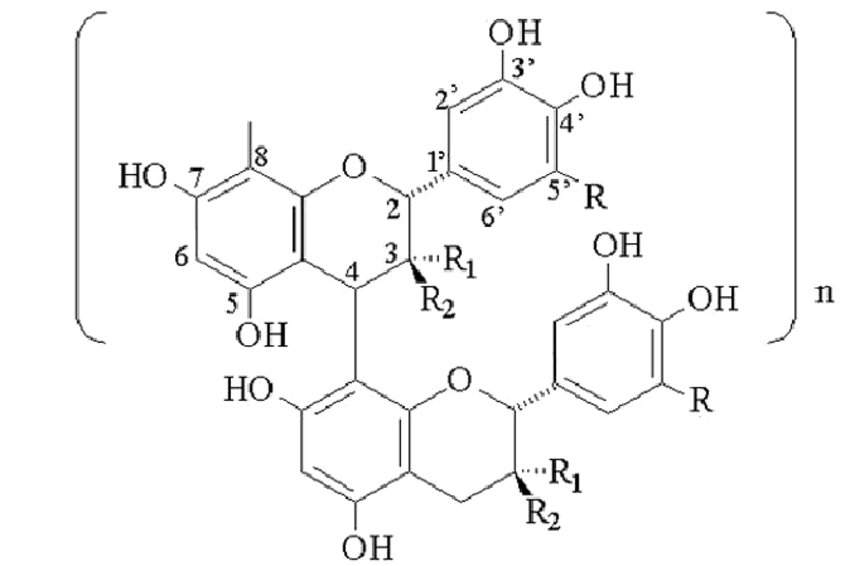

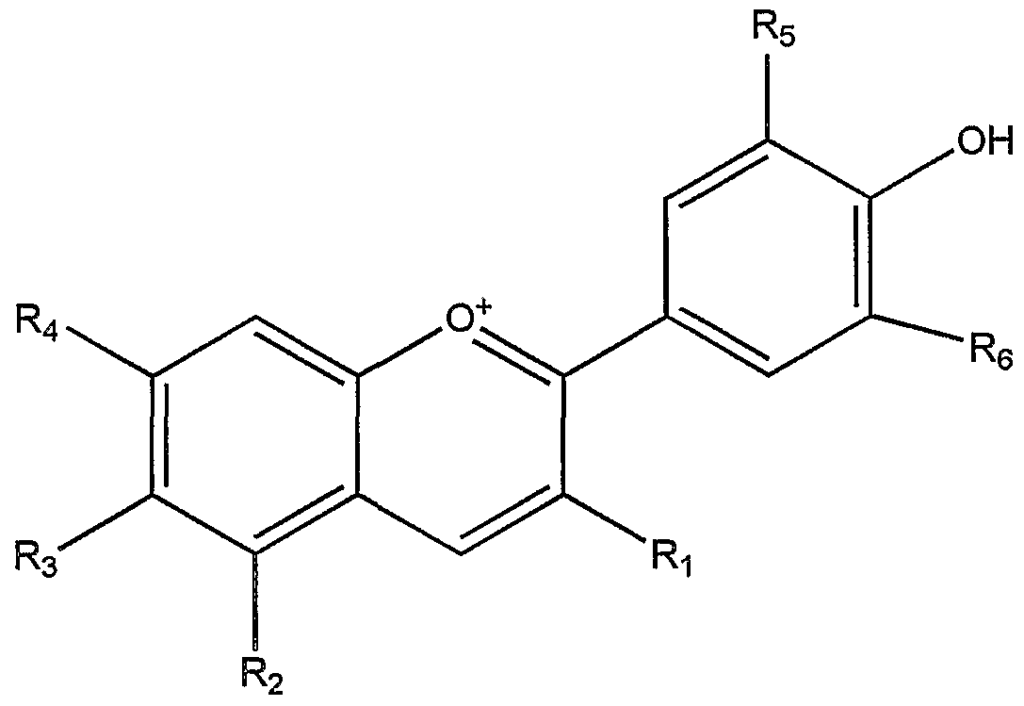
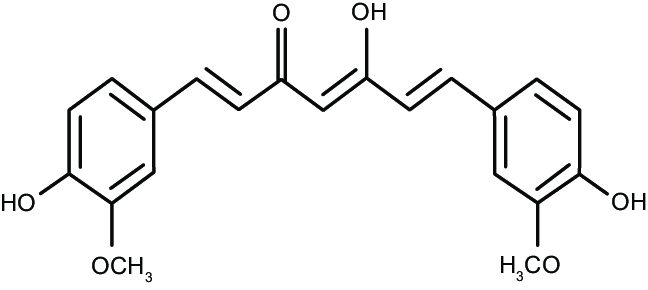
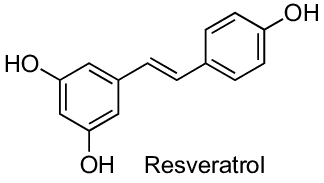
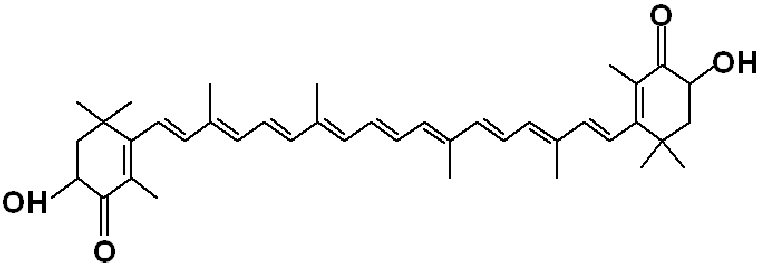
Many types of antioxidants are present in food, especially in fruits and vegetables. They are classified in groups according to their chemical structures. Listed below are some common antioxidants. This list is by no means comprehensive.
Vitamins and minerals
Vitamin C (ascorbic acid)
Vitamin C is present in citrus fruits, vegetables and animal liver. It plays an important role in the synthesis of collagen, a protein that strengthens skin, tendons, ligaments and blood vessels. Scurvy is a severe form of vitamin C deficiency. Vitamin C has a protective effect against stroke. However, its beneficial effects against coronary heart disease and cancer are still controversial after 33 years of studies.
Vitamin E (tocopherols)
Vitamin E existed in eight different chemical forms, and is a fat-soluble antioxidant present in vegetable oil, nuts and seeds. Although laboratory studies using cell cultures and animal models have shown promising results, clinical studies showed that vitamin E has no protective effect for the prevention of cancer and cardiovascular diseases. High doses of vitamin E may actually increase the incidence of prostate cancer and hemorrhagic stroke.
Selenium
Selenium is an essential trace mineral incorporated into some selenoproteins in the forms of selenocysteine or selenomethionine. These selenoproteins are antioxidant enzymes that protect our bodies against free radicals. There is a link between low serum selenium level and cardiovascular disease and cancer. Selenium is present in seafood, meat, eggs and whole grains. Although laboratory studies on the effects of selenium in cancer prevention are promising, clinical studies show that selenium supplement is not effective for cancer prevention. It may increase risk of certain cancer such as prostate cancer. Limited clinical studies also show no beneficial effects on cardiovascular diseases. Selenium supplement is not recommended for prevention of cancer and cardiovascular diseases.
Carotene carotenoids
Carotenes
Carotenes are the photosynthetic pigments that give orange color in fruits and vegetables. They exist in five forms, among them beta-carotene is the most abundant. Beta-carotene is present in yellow, orange or red fruits and vegetables, and dark leafy greens. Conversion of beta-carotene to vitamin A occurs in human body. However, clinical studies show that beta-carotene has no protective effects on the development of lung cancer. In fact, high doses of beta-carotene may increase the risk of lung cancer in smokers. High dose of beta-carotene supplement is not recommended.
Lycopene
Lycopene is the bright red carotenoid pigment present in tomato, watermelon, papaya, and carrot. There is a link between consumption of tomatoes and lower risk of prostate cancer. Laboratory studies using prostate cancer cells show that lycopene can inhibit cancer cell growth, and that it is nontoxic to normal cells. However, results of studies with animal models are inconsistent. Confirmation of the laboratory studies by clinical trials is still lacking. So far studies have not confirmed the effectiveness of lycopene in the prevention or treatment of benign prostatic hyperplasia.
Xanthopyll carotenoids
Lutein and Zeaxanthin
Lutein and zeaxanthin are the carotenoid pigments that give the yellow or orange color in fruits and vegetables. They are present in green leafy vegetables (spinach, kale), yellow or orange fruits and vegetables (corn, pumpkin, orange) and egg yolk. They act as scavengers of free radicals and protect the macula from damage by blue light. Clinical studies have established their role in human eye health, preventing and reducing cataracts and age-related macular degeneration.
Astaxanthin
Astaxanthin is the red-orange carotenoid pigment present in microalgae, krill, salmon, shrimp and lobster. It has antioxidant and anti-inflammatory properties, and is more potent than vitamin E and beta-carotene. It reduces oxidative stress and inflammation that are associated with cardiovascular diseases. Animal studies have demonstrated the protective effects of astaxanthin in cardiovascular diseases. However, clinical studies have not confirmed the results. On the other hand, studies show that astaxanthin is able to prevent neurodegeneration, as well as cancer development. Furthermore, it improves vision.
Flavonoid polyphenols
Oligomeric Proanthocyanidins (OPCs)
OPCs are present in fruits, chocolate, wine and tea. Commercial supplements generally come from maritime pine bark and grape seed. They are much powerful than vitamins C and E. They exhibit selective cytotoxicity towards human cancer, and reduce risk of coronary heart disease via inhibition of low-density lipoprotein (LDL) oxidation and relaxation of blood vessels. OPCs improve diabetic complications, and have antibacterial activity. Because they also strengthen collagen and elastin, the two proteins in connective tissues that support blood vessels, they are beneficial to people with bleeding hemorrhoid.
Anthocyanidins
Anthocyanidins and their glycosides, anthocyanins, are the red, purple, and blue pigments present in many berries and vegetables. They can scavenge free radicals and reduce risk of cardiovascular diseases and cancer. They also sensitize metastatic colorectal cancer during chemotherapy. Furthermore, anthocyanidins prevent development of diabetes by protecting pancreatic beta-cells against oxidative stress-induced apoptosis (programmed cell death). Their anti-inflammatory properties may also benefit those with arthritis.
Epigallocatechin gallate (EGCG)
EGCG is a polyphenol present mainly in green tea. People who consume green tea have lower risk of developing various cancers. Animal studies showed that EGCG protected against development of cancers of skin, lung, mammary gland, and gastrointestinal tract. Green tea extracts induce apoptosis (programmed cell death) of various cancer cells. EGCG inhibits tumor invasion and angiogenesis (blood vessel formation), which favors tumor metastasis. Furthermore, it also inhibits dihydrotestosterone (DHT) activity, which has linked to the enlargement of prostate gland.
Genistein
Genistein is an isoflavone present in high abundance in soybean and soy products. It has antioxidant, anticancer, anti-inflammation and anti-diabetic activities. It is structurally similar to estrogen, so it is a phytoestrogen. Therefore, it can bind to estrogen receptors and modulate their activities. It may increase growth rate of some estrogen receptor-expressing breast cancers. However, it can suppress growth of other cancers such as prostate and ovarian cancers. Moreover, it inhibits tumor metastasis by suppressing angiogenesis (blood vessel formation) and tumor invasion. Furthermore, it also activates tumor suppressor genes and affects cancer cell survival. On the other hand, it has anti-inflammatory effect. Therefore, it is a promising agent for rheumatoid arthritis treatment. Its ability to modulate vascular inflammation helps to prevent atherosclerosis. It is also anti-diabetic, as it has direct effect on beta-cell proliferation.
Luteolin
Luteolin is present in fruits and vegetables such as celery, broccoli, cabbage, green pepper, and carrot. It has anti-inflammation, anti-allergy and anti-cancer activities. It inhibits proliferation of some cancer cells, regulates mast cell-mediated inflammatory diseases and allergy, and promotes cardiovascular health. Furthermore, it has selective toxicity against cancerous cells, but not normal cells, making it a good supplement for cancer prevention.
Quercetin
Quercetin is present in citrus fruits, apple, onion, tea and many berries. It inhibits growth of cancer cells, especially to cancers of blood, brain, lung, uterine, skin and salivary gland. It also helps protect against cardiovascular diseases. In addition, it has antihistamine and anti-inflammatory properties, and may help reduce symptoms of allergies.
Nonflavonoid polyphenols
Resveratrol
Resveratrol belongs to a polyphenolic subgroup called stilbene. It is present in skin of dark grape, red wine, a variety of berries and peanut. It is able to activate endogenous antioxidant enzymes. In cell culture studies, it inhibits growth of several human cancer types with its anti-angiogenic property and sensitizes cancer cells to chemotherapeutic agents. In animal studies, it has also beneficial effects in hypertension, arteriosclerosis, stroke and other cardiovascular diseases.
On the other hand, it improves glycemic control and decreases insulin resistance in type-2 diabetes. Moreover, it protects nerve cells from being damaged by free radicals and by the build-up of plagues. Hence, it may slow down the development of Alzheimer’s Disease. Although animal studies on resveratrol are very promising, clinical studies are still limited and inconsistent. The clinical data of the optimal dose and long-term studies are still lacking. The main problem with natural resveratrol is its fast metabolism in human body.
Curcumin
Curcumin belongs to a polyphenolic subgroup known as curcuminoids. It is present in turmeric (a component of curry), and has antioxidant, antibacterial and anticancer properties. It inhibits proliferation of various cancer cells in culture, and inhibits growth of human prostate cancer in animal studies. Curcumin is useful for diabetes prevention and treatment. However, it is not effective for treatment of dementia, due to its poor absorption and rapid metabolism in intestine and liver.
Other antioxidants
Alpha Lipoic acid
Alpha lipoic acid is a disulfide containing compound derived from octanoic acid (8-carbon fatty acid). It is both water- and fat-soluble, so it is present in all cells of the body. Human body synthesizes alpha lipoic acid in small amount, but its production declines with age. However, one can obtain alpha lipoic acid from food source, such as organ meat (kidney and liver), spinach and broccoli, or from supplements. Alpha lipoic acid in supplements is generally synthetic.
Alpha lipoic acid is a cofactor for several mitochondrial enzymes involved in energy metabolism. It is also a potent antioxidant, and helps to neutralize damaging free radicals and regenerate other antioxidants. It promotes cell death in several cancers, such as breast, thyroid, colon, pancreatic and liver cancer. However, clinical studies have not yet confirmed its effectiveness in the prevention and therapy of these cancers. Its anti-aging and anti-inflammatory activities helps to manage pain due to diabetic neuropathy, lower triglyceride level, prevent bone loss, improve cognitive function, and lower risk of cardiovascular diseases.
Coenzyme Q10 (CoQ10)
CoQ10 (aka ubiquinone) is an oil soluble, vitamin-like substance produced by every cell in the body. It acts as an electron carrier and as a coenzyme for mitochondrial enzymes, and plays an important role in the production of ATP by the mitochondria. Furthermore, it is also a strong antioxidant. CoQ10 deficiency may arise due to gene mutations, use of statin medication (which blocks synthesis of the precursor for both CoQ10 and cholesterol), and aging-related oxidative stress. Dietary contributions of CoQ10 are very small. CoQ10 supplementation will be beneficial to people with cardiovascular diseases due to aging and statin-induced myopathy (muscular disease resulting in muscular weakness). However, clinical evidence of these beneficial effects is still lacking.
Glutathione
Glutathione is a tripeptide synthesized in the body from three amino acids, glycine, cysteine and glutamic acid. It has multiple functions, besides being an antioxidant scavenging free radicals. It detoxifies metabolites and xenobiotics (drug, pesticide, carcinogen). Furthermore, it is an essential co-factor of many enzymes that regenerate other antioxidants. The blood level of glutathione decreases with age. There is a link between low level of glutathione and aging-related diseases, such as neurodegenerative disease, pulmonary disease, liver disease, immune disorder and cardiovascular diseases. Glutathione is present in cruciferous family of vegetables (such as cauliflower and broccoli), but the amount of glutathione intake from food is small. Unfortunately, oral supplement of glutathione is ineffective due to its rapid destruction in intestines and oxidation.
N-acetylcysteine
N-acetylcysteine is a derivative of the amino acid cysteine, and is not present in food. It has antioxidant and anti-inflammatory properties. It acts as a scavenger of free radicals directly or indirectly through glutathione, because its conversion to cysteine boosts the synthesis of glutathione in the body. N-acetylcysteine has been effective for the treatment of several types of lung and liver diseases, as well as psychiatric and neurological disorders. Large dose of N-acetylcysteine can have oxidant effect.
Which antioxidant is good for me?
For the information of the best antioxidant supplement, please go to this page. There are other antioxidant supplements for special needs. For details, please go to this page.